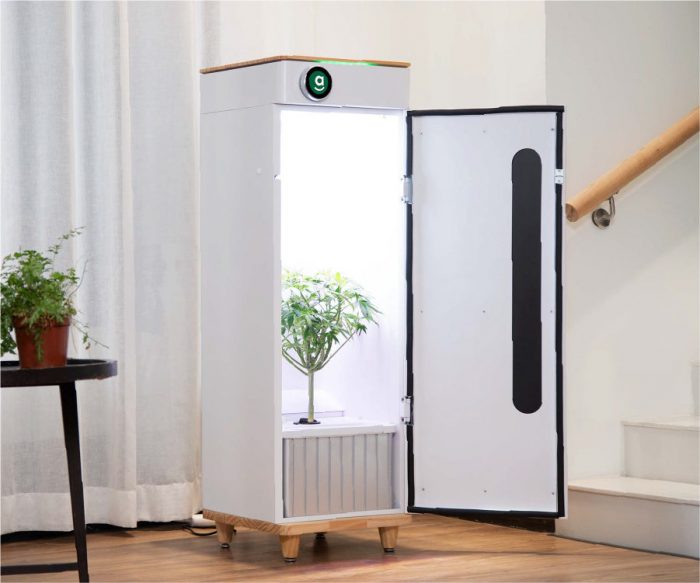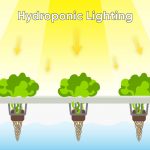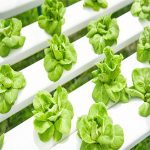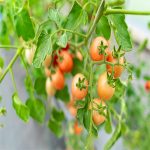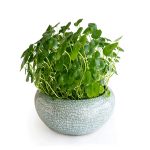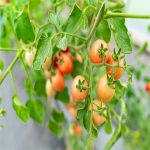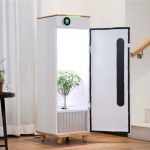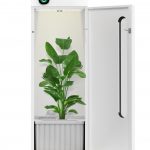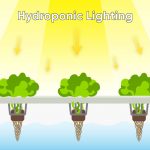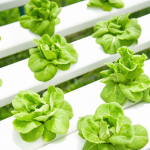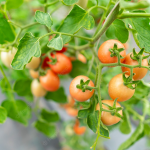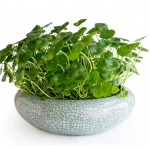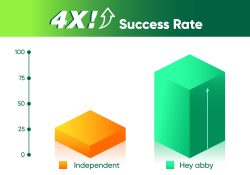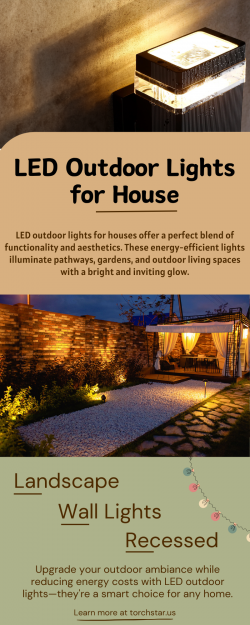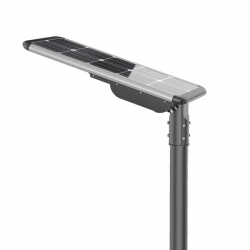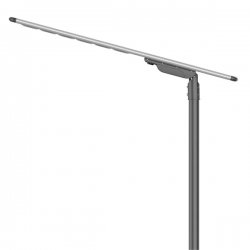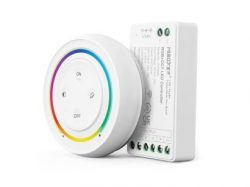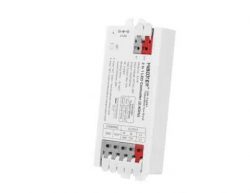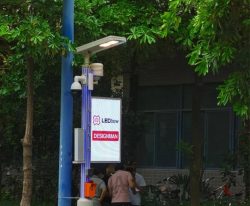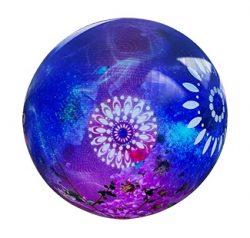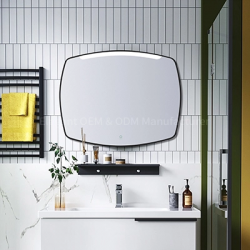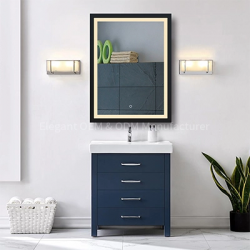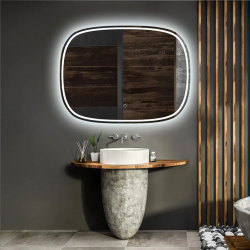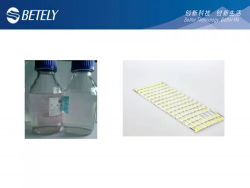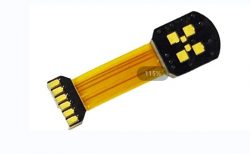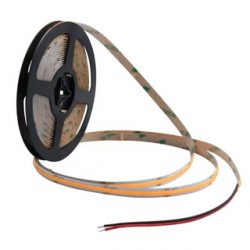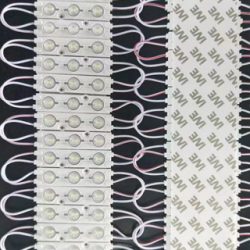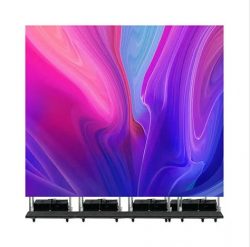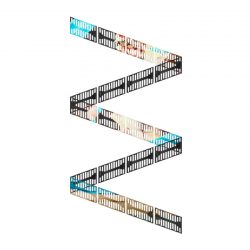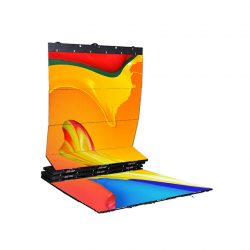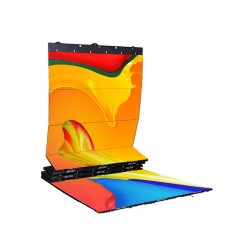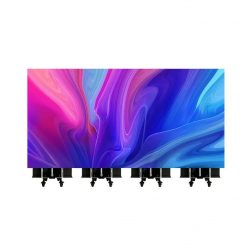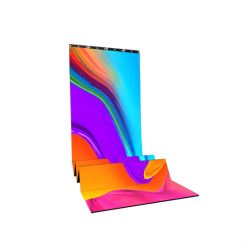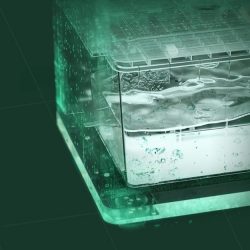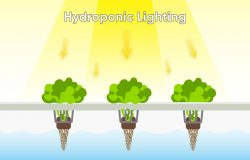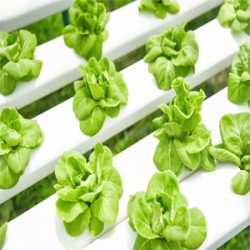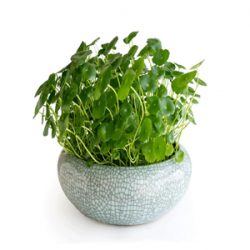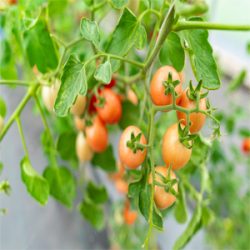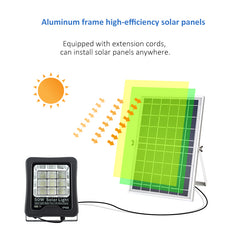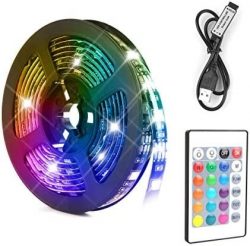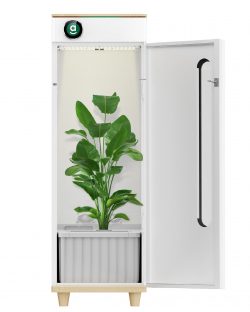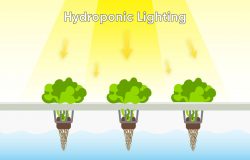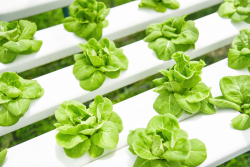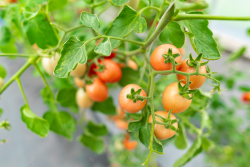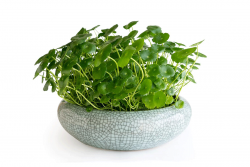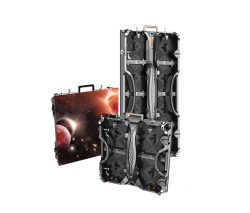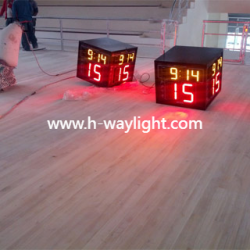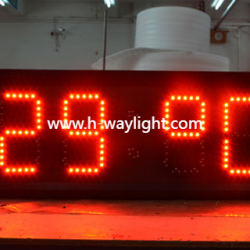Growing Plants at Home
Growing cannabis at home has never been more accessible. Many people around the world are taking up the new hobby of home growing, and are seeing incredible results. You might be thinking that growing cannabis plants at home is complicated and expensive, but with major advancements in technology, growing at home is not only easy, but can be a great financial investment for you too. And with the changes in law, it is completely legal to grow cannabis at home in Canada and many states across the USA.
You might then be thinking that you don’t have the space to grow or that you don’t want the dreaded smell of cannabis filling up your home, but you can now grow plants in any space with both discretion and total peace of mind. There are different options available, and we will give you all the necessary information you need right here to become a grower yourself.
Table Of Content
Grow Tent Kit or Grow Box: which growing system is best for beginners?
What is the average yield in a Grow Box?
What is hydroponic growing?
LED Grow Kit: tent lighting vs grox box built-in lighting
Should I begin growing with a clone or seed?
Can I grow weed in my state/country?
What are the best nutrients for growing cannabis?
Grower’s Journey
Final thoughts
Get the whole content of grow guide in your mailbox as a PDF file.
This comprehensive e-book covers all the tips of in-door growing, from basic knowledge on hydroponic growing to grow journey from actual growers.
Grow Tent Kit or Grow Box: which growing system is best for beginners?
There are two main types of indoor growing systems: Grow Tent and Grow Box. Both of these come with their own advantages and here we will discuss them in detail.
SMALL GROW TENT
Grow Tents are made up of collapsible material (usually nylon or polyester) that are fitted to frames, creating a large space for your plant to grow. The tent comes with holes and fittings that enable you to attach lights, fans and filters. This combines to help your plant grow inside of its pots on the ground, essentially creating an electronic indoor greenhouse.
The tent is often larger than the Grow Box and requires more space, but this gives you the option to grow more. The Grow Tent is usually not suitable for all home environments due to its size and non-discreet design. It is more suited to a garage, basement or spare room. The grow tent doesn’t come pre-assembled and requires the user to fit the components together, including the frame, lights and fans.
GROW BOX
Grow Boxes are self-contained ecosystems for your plant that include lighting, fans, and feeding docks. They come pre-assembled so there is no set-up required. Everything a plant needs to grow is built within the device. Growers are free to customize their Grow Box as they wish, but this is completely optional and not necessary for a successful harvest. This makes the Grow Box ideal for beginners and those looking for low-maintenance growing.
The Grow Box is usually a lot smaller than the Grow Tent, enabling growers to grow plants in any home space. With a design similar to that of an air purifier or cabinet, the Grow Box can blend into the home environment discreetly. A Grow Box focuses on one plant at a time, providing a bespoke experience to that one particular plant. Due to their compact design, plants growing inside a Grow Box will require more purning and low-stress training, in order to maintain the plant’s wellbeing. Grow Boxes use hydroponic technology removing the need to use soil.
What is the average yield in a Grow Box?
A Grow Box produces one plant every 12 – 14 weeks. This plant averages approximately 6oz (170g) of cannabis bud after every harvest. The average cost of weed in California (Jan 2023) is approximately 7- 15 dollars a gram.
WHAT GROWING SYSTEM IS BEST FOR DISCRETION: STEALTH GROW BOX OR SMALL GROW TENT?
Discretion is very important for many growers when considering which growing system to purchase. Grow Tents are usually aimed at those not concerned with discretion as their systems are often large, bulky, and built indiscreetly. Their large black frames, which are made of metal poles and thick covers, hide the plants within but are otherwise very noticeable.
Grow Boxes are designed to look similar to air purifiers, cabinets, or AC units. They also come fitted with panels that enable you to see into the machine or close it at your leisure. When growing cannabis at home, even in legal states, it is common for the Home Owners Association to reject Grow Tents when the grower applies to grow at home. However, this is not the case for Grow Boxes, and growers requiring permission from the HOA won’t have any problem growing using the Grow Box.
What is hydroponic growing?
To put it simply, hydroponic growing is growing using water instead of soil. Roots descend into the water and the water transfers the nutrients to the plant, via nutrient formula, just like that of soil. The nutrients are deposited into the water via feeding docks and can be timed via feeding calendars. It gives growers the ability to grow almost anywhere and provides better and faster yields.
Hydroponic growing gives growers the ability to grow all year round. In traditional growing, the nutrients within the soil are sought after by the plant roots but with hydroponic growing, the nutrients dissolve into the water and surround the roots, which leads to faster growth.
Growing tents usually do not use hydroponic growing system and instead require you to place plants within soil inside of the tent. Those that use hydroponic technology require you to place a hydroponic box inside of the tent and fill it with water, as seen in the images below.
Grow boxes like Hey abby use a digital interface through a smartphone. This interface tells you when you need to add water and when to drain, making hydroponic growing incredibly easy. With a Grow Box everything is already fitted and you simply have to add water and drain. Nothing needs to be installed or removed. With hydroponic growing systems, the ability to grow without soil reduces the impact of pests. Hydroponic growing is regarded by many experts to be the future of plant growing.
LED Grow Kit: tent lighting vs grox box built-in lighting
By being full-spectrum, LED lights can grow continuously from vegetation to flowering, whereas MH (metal-halide) lighting requires two forms of lighting installation during the growing process. Full-Spectrum lighting means the lights cover the electromagnetic spectrum from infrared to near-ultraviolet, replicating natural daylight from the sun.
LED lighting enables growers, experienced and newbies, to grow with lower heat, lower energy consumption, and obtain higher yields. LED lighting is now the most preferred form of lighting compared to MH/HPS or CMH. They provide the same level of power while using lower wattage. For Grow Tents you will need to install the lights manually, but Grow Boxes come with the lighting already fitted. So LED hydroponic grow box is a good choice for begginers.
Should I begin growing with a clone or seed?
Growers have two options when growing a plant: they can germinate a seed or they can use a clone, which is a replica of a Mother Tree. Both of which can be purchased from local dispensaries. Seeds will take longer to produce their yield, making clones the more efficient choice for those seeking faster results. It takes approximately 2-4 weeks less for clones to harvest. Seeds are also not contaminated from poor growing conditions, making them a pure beginning that the grower can control.
The clone has the potential to retain poor growing conditions from previous plants, so sourcing depends upon your trust in the dispensaries and that they are a reputable company. There are both male and female seeds. When purchasing seeds, make sure that the seeds are feminized, as these are capable of producing the sticky cannabinoid-rich bud. If you use male seeds, they will not produce any bud. You can use multiple seeds and pick the best seedling, but this can be costly, so many growers prefer to germinate one at a time.
DIFFERENT TYPES OF SEED: PHOTO VS AUTO
There are two main types of seeds: photoperiod and autoflower. Both are capable of producing cannabis and providing quality yields. However, both have their own unique advantages as well which may impact which seed you prefer as a grower.
Auto seeds grow at a far higher speed and are generally easier to cultivate. However, while photo are slower to grow they do produce higher yields. This difference is based on how the plants initiate the flowering stage. Auto will flower automatically using the light schedule, using 18 hours of light and 6 hours of darkness.
Photo will require a different lighting schedule when flowering, with 12 hours of light and 12 hours of darkness. This must be done manually inside of a Grow Tent, but with the Hey abby Grow Box it is done automatically for you. Auto seeds are also smaller and don’t require as much pruning. This makes them more ideal for beginners.
Different types of strains: Sativa vs Indica
Most people classify cannabis into two main strains: Sativa and Indica.
Indica
Indica usually grows in cold, high climates. They require less time to harvest and develop bushy and short yeilds. They are said to provide a more relaxed experience when smoked.
Sativa
Sativa provides a more energized experience. Designed more for warm climates, sativa takes longer to harvest. They also grow long and thin, which doesn’t make them ideal for growing in Grow Tents and Grow Boxes. We advise growing indica strains as they grow more ideally for indoor growing.
What are the best nutrients for growing cannabis?
When growing cannabis at home, nutrients are essential, and making sure you give your plant the correct nutrients will ensure you produce the best possible yield. There are sixteen essential nutrients required for the proper growth and development of a plant, and these sixteen essential nutrients can be categorized as macronutrients, secondary nutrients, and micronutrients.
Macronutrients: carbon, hydrogen, oxygen, nitrogen, phosphorus, and potassium.
Secondary nutrients: calcium, magnesium, and sulfur.
Micronutrients: boron, iron, manganese, zinc, copper, molybdenum, chlorine
Each element is equally important and plants cannot complete their life cycle properly without them. When a specific element is lacking, the plant will show serious symptoms such as:
Nitrogen deficiency: leaves pale and yellow.
Phosphorus deficiency: dark spotting on leaves, slow growth.
Potassium deficiency: leave tips darken
Giving plants the right amount of nutrients is extremely important since the plants absorb nutrients at different rates and elements throughout their strains and development cycle. For example, plants require fewer nutrients at the beginning, but increase during bud development.
Moreover, uptake rates of specific elements vary along the growth cycle. For example, plants require more nitrogen during the vegetative stages to promote the growth of leaves, while potassium and phosphorus are required in geater amounts during the flowering period.
With the Grow Tent you will have to source nutrients from a supplier and follow thier individual instructions. But with the Hey abby Grow Box, the nutrients are an all-in-one compound fertilizer that meets all the cannabis requirements in each different stage. All you need to do is feed the plants once a week during the vegetation stage, and twice a week during the flowering stage, right after each water change. With the hydroponic system, you can simply drop the opened packet into the water.
Here is the comparison between Grobo (left) vs Hey abby (right) growth. The increase in growth within the Hey abby Grow Box is directly linked to improved nutrient uptake. Getting nutrients right is integral to a better harvest.
Grower’s Journey
At Hey abby we have already had many successful harvests from our growing community. On our Grower’s Journey, we will take you through the entire process of the growing experience, from vegetation to harvesting. At each step, we will advise what you need to do to ensure your plant stays healthy. There are four main stages when growing a plant: Vegetation, Flowering, Flushing, and Dying/Curing.
Grower’s Journey Part 1: Seedling
Seeding in cannabis indoor growing systems
Seedling in cannabis automated grow box
Following germination, a cannabis plant enters its seedling stage. The plant sprouts its first set of round leaves which are called cotyledons. A cannabis seedling is very fragile and can die if not cared for properly. These seedlings do not need any fertilizer as they absorb nutrients from the seed. Water the seedling until it starts producing sets of different leaves with serrated edges (toothed leaves). If you started growing from a seed, you will need to keep the pod wet to continue developing the seedling. As soon as it produces a third or fourth set of leaves and the roots reach the water in the hydroponic system, the plant will grow out of the seedling phase and enter the vegetative stage.
Seedlings are a very fragile stage for the plant and must receive 18 hours of sunlight at least, have moist soil, and require mild humidity in order to grow properly. The seedling leaves will produce 4 – 13 fingers on the leaves, averaging around 7.
Grower’s Journey Part 2: Vegetation
Vegetation begins when the toothed leaves (serrated leaves) start developing. This happens around week 3. The plant will begin to also develop nodes, which is where the branch splits its sections. Stems, branches, and roots will all become bigger in preparation for flowering. Stavia plants will be taller whilst indica will be bushier during this stage.
For indoor Grow Boxes, the light cycle during this time adapts to the plant’s specific needs, which for photo plants is 18 hours of light with 6 hours of darkness during vegetation and then changes to 12 hours of light and 12 hours of darkness during flowering.
This is the stage when growers perform topping. This is when you trim the top half of the main stem. Topping helps to redistribute the plant’s energy. Cannabis naturally focuses on that single main stem, but cutting it off will allow the plant to grow laterally and focus more energy on better developing the side branches. This leads to more bud sites which lead to better yields come harvesting time.
Growers also perform low-stress training with a trellis net and hooks. LST flattens the canopy for better light distribution. As with topping, it enables more bud sights to flourish on the plant, which leads to higher yeilds .
Rodney is a Hey abby user, who has been growing for 4 months. He attached the magnetic Hey abby hooks to the sides and then added the trellis net during week 4. This enabled his plant to flourish during this important stage by providing light to all of the leaves. “These tasks are surprisingly simple to do, and you can follow hey abby’s how to videos if ever you are unsure.”
You can see the how to videos for yourself here.
Growers Journey Part 3: Flowering
The flowering stage begins after week 4 and continues for 8 weeks. Although be aware sativa will take a little longer. This stage is when the buds start to form on the plant. The plant will grow very rapidly and double in size compared to vegetation. It will then stop growing as all its energy is then pushed into growing the buds.
The plant at this stage will become incredibly sticky. Growers will perform stress training once more and prune their plants. Pruning involves removing the weaker branches, keeping only the strongest branches, and thus ensuring high-quality buds. Many growers are nervous about pruning as it removes so much green from the plant and makes it look so much smaller, but it is essential for the plant to thrive.
Rodney stated that growing in the Hey abby Box was incredibly easy and the biggest issue he had when growing was trying not to overthink things. “With such little upkeep on his plant, there is very little to do. I love this machine! It’s so easy to use.”
Growers Journey Part 4: Flushing & Harvesting
The flushing phase enables you to flush the nutrients out of the plant before harvesting. Failing to perform this important stage will leave the bud with an unsatisfactory and unpleasant taste. This is done 1 – 2 weeks prior to harvest depending on the strain size, and involves draining the water and refilling without adding any nutrients. The plain water flushes out the excess nutrients within the plant, leaving what many consider to be a smoother-tasting bud.
Once most of your trichomes turn milky, you’ll be ready to harvest. During this phase, growers remove the fan leaves, stem, branches and sugar leaves. This can be done with a set of Hey abby cutters, which can be seen in the bottom right-hand picture. A great set of quality tools makes the Harvest section seamless, even for beginners.
Paula, on her second grow, found the flushing process very easy due to Hey abby’s hydroponic system. All she had to do was refrain from adding nutrient packs and let the water flush out the plant for two weeks prior to harvest. If in doubt, she used the Hey abby growing community: “I was nervous in the beginning, but the Hey abby Discord community were by my side every step of the process. This made things very easy for me.”
Growers Journey Part 5: Drying and Curing
During the drying and curing phase, growers will prepare the bud of the plant after harvesting to ensure best quality before using. Below is a step-by-step guide to drying and curing.
1. Cut the plant into large branches as seen below. Growers can also use a drying rack which is provided by Hey abby. You can check it out here.
2. Hang the plant upside down. The ideal temperature is 60 degrees Fahrenheit with humidity at 60% rh.
3. Once the stems break from a simple stress bend, then cut into smaller fractions so they can be stored inside jars.
4. Place inside dry glass jars. If humidity rises above 65% within the jar you will need to ‘burp’ the jar, which entails opening the jar, releasing air and then re-sealing it. This will help prevent mold.
5. Move the buds around every few days to ensure they are optimally drying.
The average yield within the Hey abby Grow Box is around 6oz. As a result, growing at home proves to many growers to be financially beneficial. Paula explained: “I’ve never really gotten along with plants, but with the price of cannabis being so expensive and the abby at around $1000, I was forced to reconsider. Simple math required me to give it a shot! I started with a Blueberry Autoflower. It took 16 weeks from planting to harvesting the crop. Following a dry trim, the harvest weighed around 4 ounces dry bud. The trim produced some nice dry-sift hash as well.”
Final thoughts
At Hey abby we are building a community of growers who are educated and empowered to grow plants at home and help others grow. We hope this growers manual has helped you gain a better understanding of how you can grow at home, and what method best suits your needs. At Hey abby we truly want anyone to grow, regardless of their experience level and living space. If you would like to know more, we offer an in-depth growing manual that you can download here. This offers a more detailed description of how best to grow, with more bespoke information and advice on grower journeys, feeding, watering, how-to guides, and more.
